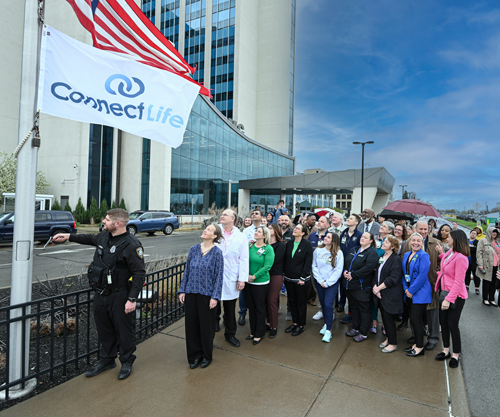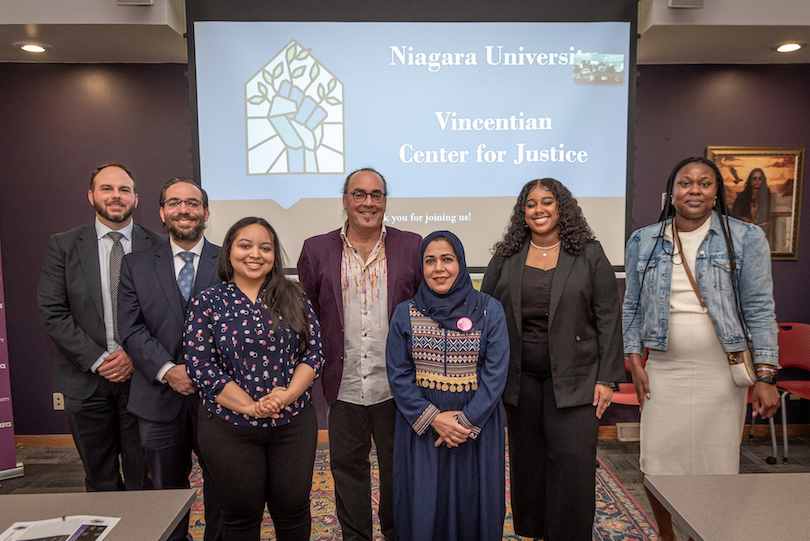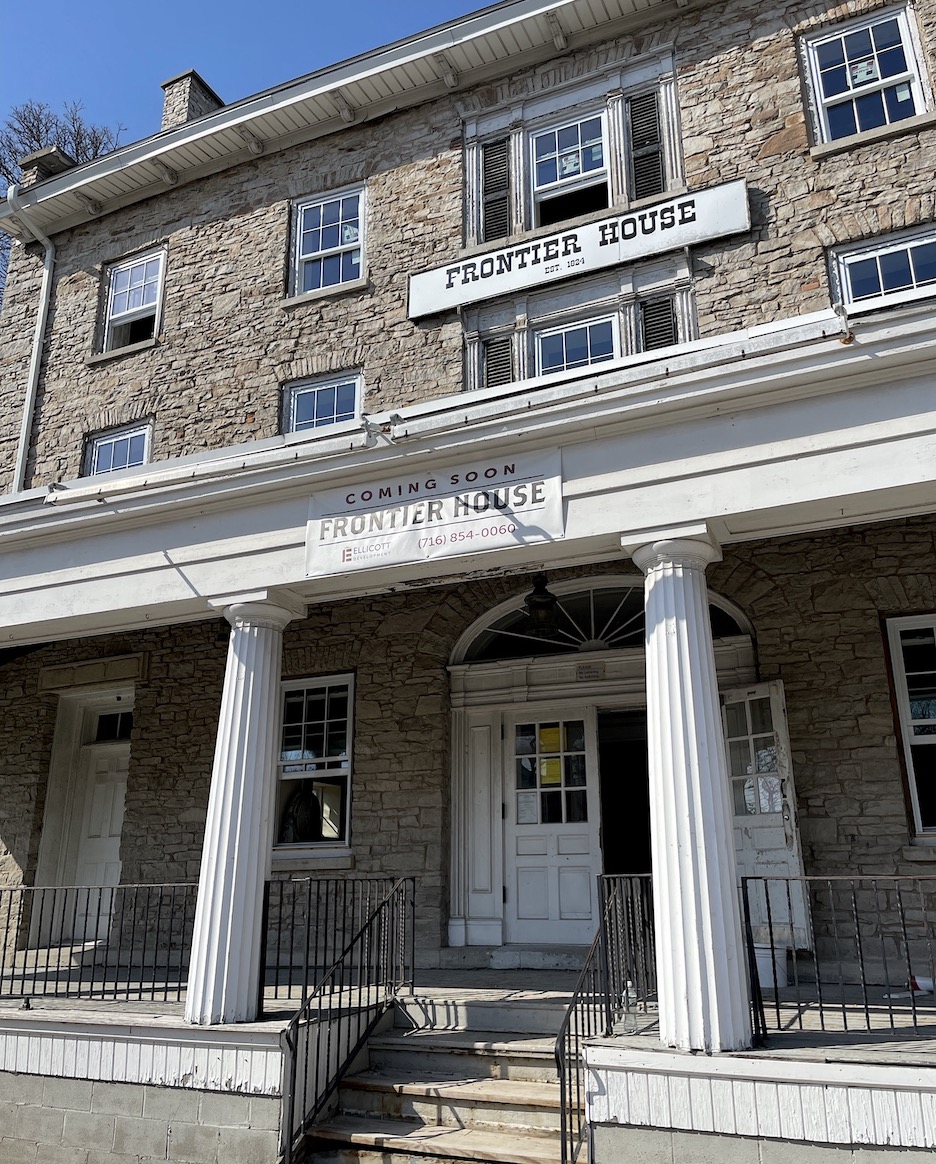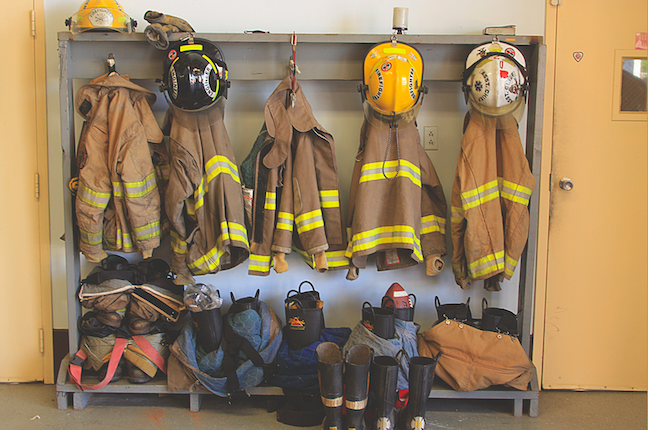Featured News - Current News - Archived News - News Categories
U.S. President Joe Biden and Canada Prime Minister Justin Trudeau put forth the following statement Tuesday, with regard to ongoing cross-border relations and initiatives.
“It is in the shared interest of the United States and Canada to revitalize and expand our historic alliance and steadfast friendship to overcome the daunting challenges of today and realize the full potential of the relationship into the future. The ‘Roadmap for a Renewed U.S.-Canada Partnership’ announced today establishes a blueprint for an ambitious and whole-of-government effort against the COVID-19 pandemic and in support of our mutual prosperity. It creates a partnership on climate change, advances global health security, bolsters cooperation on defense and security, and it reaffirms a shared commitment to diversity, equity and justice. Bound by history and geography, the partnership between the United States and Canada endures because we invest in each other’s success.”
The leaders stated the following:
Combating COVID-19
The top priority of the President and the prime minister is to end the COVID-19 pandemic. They agreed to strengthen comprehensive and cross-sectoral efforts to control the pandemic, collaborate on public health responses, and build resilience against future outbreaks.
•The prime minister and the president committed to working closely together to defeat the virus, including by surging the health and humanitarian response to the global pandemic, responding to new variants, following expert advice, and supporting global affordable access to and delivery of COVID-19 vaccines, including through the COVAX Facility.
•The leaders emphasized their strong support for the multilateral institutions that are on the front lines of COVID-19 response, including the World Health Organization (WHO) and United Nations development agencies, and committed to rapidly fulfilling national pledges to COVAX.
•They agreed on the importance of a transparent and independent evaluation and analysis, free from interference, of the origins of the COVID-19 outbreak, and to work together toward the development and use of swift, effective, transparent and independent means for investigating such outbreaks in the future.
•They also recognized the importance of urgent global action to advance health security, counter biological threats, and prevent the next pandemic, and agreed to leverage existing pandemic preparedness arrangements and platforms, such as the North American Plan for Animal and Pandemic Influenza, the Global Health Security Agenda and the Global Partnership Against the Spread of Weapons and Materials of Mass Destruction.
•They further agreed on the need to improve international institutions for global capacity for pandemic preparedness and response, including by working to strengthen and reform the WHO, and the Pan American Health Organization (PAHO), and exploring the establishment of a permanent facilitator for high consequence biological threats within the office of the UN secretary-general and a sustainable health security financing mechanism.
•They discussed emerging outbreaks, including the Ebola outbreaks in West and Central Africa and agreed on the importance of a robust global response and partnership with regional organizations, such as the Africa Centers for Disease Control and Prevention, to build health security capacity for the future.
•They agreed on the importance of countering biological threats, whether naturally occurring, deliberate, or accidental, and to advancing policies and practices domestically and through health, foreign assistance, and threat reduction programs to improve biosafety, biosecurity and biological norms for mitigating biological risks associated with life sciences research and biotechnology advances.
The president and the prime minister recognize coordinated border policies remain central to controlling COVID-19 and new variants while promoting economic growth and recovery.
•Both leaders agreed to take a coordinated approach based on science and public health criteria when considering measures to ease Canada-U.S. border restrictions in the future.
•The two leaders agreed to strengthen the U.S.-Canada Action Plan on Opioids recognizing the rise in drug use and overdoses in both of our countries as a result of the devastating COVID-19 pandemic.
Building Back Better
The prime minister and the president share a vision for a sustainable and inclusive economic recovery that strengthens the middle class, creates more opportunities for hard working people to join it, and ensures people have good jobs and careers on both sides of the border. They also recognized the opportunity for clean growth driven by workers, communities, businesses and innovation.
•The leaders agreed on the need to build back better together in a way that addresses the disproportionate impacts on women, youth, underrepresented groups and Indigenous peoples.
•As COVID-19 has rolled back many of the hard-won gains women have achieved over past decades, the president and prime minister committed to implement measures to support women’s full and equal participation in the workforce, including with respect to early learning and child care.
•The president and the prime minister also considered the impact of the pandemic on small businesses. The U.S. and Canada announced joint initiatives to accelerate economic recovery of small and medium-sized enterprises (SMEs), with a focus on supporting women-owned and minority/Indigenous-owned SMEs, by leveraging the U.S.-Mexico-Canada Agreement (USMCA) SME chapter and the Small Business Development Center (SBDC) model.
•The two leaders launched a strategy to strengthen Canada-U.S. supply chain security and agreed to reinforce a deeply interconnected and mutually beneficial economic relationship.
•The leaders also agreed to work together to build the necessary supply chains to make Canada and the U.S. global leaders in all aspects of battery development and production. To that end, the leaders agreed to strengthen the Canada-U.S. Critical Minerals Action Plan to target a net-zero industrial transformation, batteries for zero-emissions vehicles, and renewable energy storage.
•The leaders recognized the important economic and energy security benefits of the bilateral energy relationship and its highly integrated infrastructure. To further advance climate priorities, they agreed to renew and update the existing memorandum of understanding on the reliability and security of the North American energy infrastructure between the U.S. Department of Energy and the Department of Natural Resources Canada to enhance cooperation on sustainable and equitable energy transitions, clean energy innovation, connectivity and low-carbon transportation.
•The leaders also agreed to strengthen cooperation under the Energy Resource Governance Initiative (ERGI), a multinational effort to foster international cooperation on the minerals and metals that make the energy transition possible.
•The prime minister and the president acknowledge the impact of international regulatory cooperation on enhancing economic competitiveness and well-being while maintaining high standards of public health, safety, labor and environmental protection.
Accelerating Climate Ambitions
The president and the prime minister expressed their commitment to strengthened implementation of the Paris Agreement, including by working together and with others to increase the scale and speed of action to address the climate crisis and better protect nature.
•Recalling the agreement’s call to pursue efforts to limit global temperature increase to 1.5 degrees C., they will work in tandem, and encourage others to achieve net zero emissions no later than 2050.
•The prime minister and the president expressed their commitment to have their two countries work together on cooperative action ahead of the U.S.-hosted Leaders’ Climate Summit that will allow both countries to increase their climate ambition. The president, in addition to acknowledging Canada’s new strengthened national climate plan and its globally ambitious price on pollution, reiterated his aim to have ready the U.S. nationally determined contribution (NDC) in advance of the summit, and welcomed the prime minister’s aim to announce the enhanced 2030 emissions target for its NDC by the summit, as well.
•The president also restated his commitment to holding polluters accountable for their actions. Both the president and the prime minister agreed to work together to protect businesses, workers and communities in both countries from unfair trade by countries failing to take strong climate action.
•Both leaders agreed to launch a high-level climate ministerial, which will coordinate cooperation between the U.S. and Canada to increase ambition aligned to the Paris Agreement and net-zero objectives. This ministerial will also explore opportunities to align policies and approaches to create jobs, while tackling climate change and inequality, and enhancing adaptation and resilience to climate impacts. The leaders reaffirmed the shared commitment to reducing oil and gas methane emissions to protect public health and the environment, as guided by the best science.
•The leaders also agreed to take a coordinated approach to accelerating progress toward sustainable, resilient and clean energy infrastructure, including encouraging the development of cross-border clean electricity transmission. To advance this work, the president affirmed the goal for the U.S. to achieve a net-zero carbon pollution free power sector by 2035, and the prime minister reaffirmed the goal for Canada to achieve 90% nonemitting electricity by 2030.
•Given the integrated nature of the road transport, maritime and aviation sectors, the president and prime minister agreed to take aligned and accelerated policy actions, including efforts to achieve a zero-emissions vehicle future.
•The leaders committed to work with Canadian and American public and private financial institutions to advance the adoption of climate-related financial risk disclosure and align financial flows with climate goals, including the achievement of a prosperous net-zero emissions economy.
•The leaders also recognized the ecological importance of the Arctic National Wildlife Refuge. In particular, they agreed to work together to help safeguard the porcupine caribou herd calving grounds that are invaluable to the Gwich’in and Inuvialuit peoples’ culture and subsistence.
•The prime minister and the president agreed to be partners in protecting nature, including by supporting Indigenous-led conservation efforts.
•The two leaders agreed to work together on environmental restoration and conservation efforts, and to advancing nature-based climate solutions.
•In advancing climate solutions and protecting nature, both the president and the prime minister agreed on the importance of doing this work with Indigenous peoples, sub-national governments, workers and stakeholders including civil society, youth, business and industry.
Advancing Diversity and Inclusion
The prime minister and the president discussed their shared commitment to addressing systemic racism, unconscious bias, gender-based discrimination, barriers for persons with disabilities, and all other forms of discrimination and exclusion.
•The two leaders expressed their shared determination to implement more effective, equitable and inclusive approaches to community safety, criminal justice and law enforcement. They will direct their agencies to focus on modernizing approaches to community safety and addressing issues of systemic racism and discrimination, including through meaningful engagement with civil society and community leaders. This work will also consider innovative approaches to implementing institutional and community-based prevention, intervention and diversion initiatives, including prioritizing the provision of adequate support and services to individuals facing mental health challenges or addiction.
•The leaders agreed promoting gender equality and empowering women and girls is the most effective approach to eradicating poverty and building a more peaceful, more inclusive, and more prosperous world. They also committed to ensuring that women are not left behind due to COVID-19, including by addressing the “she-cession” caused by the pandemic through investments and policies to support women’s full participation in the workforce. They agreed to exchange best practices in feminist public policy and the advancement of gender equity. They will do so by engaging policy actors from Canada and the U.S., within and outside of government, to consider child benefits, early learning and childcare, pay equity, and women’s entrepreneurship, among other issues.
•The leaders reaffirmed their commitment to combat systemic racism and discrimination, and agreed to work together to share best practices and promote diversity and inclusion within both public and private sectors.
Bolstering Security and Defense
The president and the prime minister agreed that collective security is a shared responsibility.
•The leaders agreed on the importance of investment in modern, ready and capable forces in line with their commitments to NATO under the 2014 Wales Summit Defense Investment Pledge. Such investments enable effective contributions to NATO, United Nations and other global missions.
•The prime minister and the president agreed to expand cooperation on continental defense and in the Arctic, including by modernizing the North American Aerospace Defense Command (NORAD).
•They directed their ministers of foreign affairs and national defence and secretaries of state and defense to meet in a 2+2 ministerial format to further coordinate joint contributions to collective security.
•The president and the prime minister reaffirmed their determination to work together to counter terrorism and violent extremism in all forms, both at home and abroad. In this context, the leaders agreed to enhance cooperation to counter exploitation of social media and the internet by terrorists, violent extremists and hate groups, strengthen information sharing to improve respective prevention strategies addressing domestic violent extremism, and enhance reciprocal sharing on known and suspected threats.
•Canada and the U.S. will enhance law enforcement collaboration by reestablishing the Cross-Border Crime Forum to facilitate cooperation among law enforcement bodies, including strengthening information sharing between the two countries and addressing justice reform, as well as cross-border law enforcement challenges to make communities safer. The challenges include, but are not limited to tackling illegal cross-border flows of firearms, drugs and currency, as well as organized crime, mass marketing fraud and human trafficking. In this context, the president and prime minister noted their common objective to reduce gun violence and directed officials to explore the creation of a cross-border task force to address gun smuggling and trafficking.
•The two countries will launch an expanded U.S.-Canada Arctic dialogue to cover cross-cutting issues related to continental security, economic and social development, and Arctic governance.
•Canada and the U.S. will increase cooperation to strengthen cybersecurity, and to confront foreign interference and disinformation. As part of their efforts to protect critical infrastructure in North America, the two countries will implement a framework for collaboration on cybersecurity in the energy sector to enhance the security and resiliency of the cross-border energy infrastructure.
Building Global Alliances
The prime minister and the president affirmed their shared commitment to addressing global challenges, and reiterated their firm commitment to the UN, G7 and G20 as well as NATO, the WTO, and the Five Eyes community.
•The leaders agreed to work toward reviving the North American Leaders’ Summit as a recommitment of solidarity between the U.S., Canada and Mexico.
•They also agreed to expand cooperation with respect to the promotion of democracy, human rights and media freedom in this hemisphere and around the world. The prime minister committed to partnering with the U.S. on a summit for democracy as well as through the Media Freedom Coalition.
•They also discussed ways to more closely align approaches to China, including to address the challenges it presents to the two nations’ collective interest and to the international rules-based order. This includes dealing with its coercive and unfair economic practices, national security challenges, and human rights abuses, while cooperating with China on areas where it is in the nations’ interest, such as climate change.
•Biden condemned the arbitrary detention of Michael Kovrig and Michael Spavor and committed to work for their release.
•The two leaders discussed their shared concern about Russia’s egregious mistreatment of Aleksey Navalny and its repression of democratic processes, gross violation of Ukraine’s sovereignty and territorial integrity, and destabilizing policies around the world. They also reviewed the situations in Venezuela, Myanmar, Iran, Yemen and the Middle East.
•The leaders expressed their common concern about the global migration crisis, commitment to providing safe haven to refugees and asylum seekers, and determination to work together to strengthen efforts in these areas, including refugee resettlement. Recognizing the sources of instability and irregular migration in Central America, the leaders also agreed to work together to expand support for capacity building in affected countries.
Photo link: https://www.whitehouse.gov/administration/president-biden/.





























